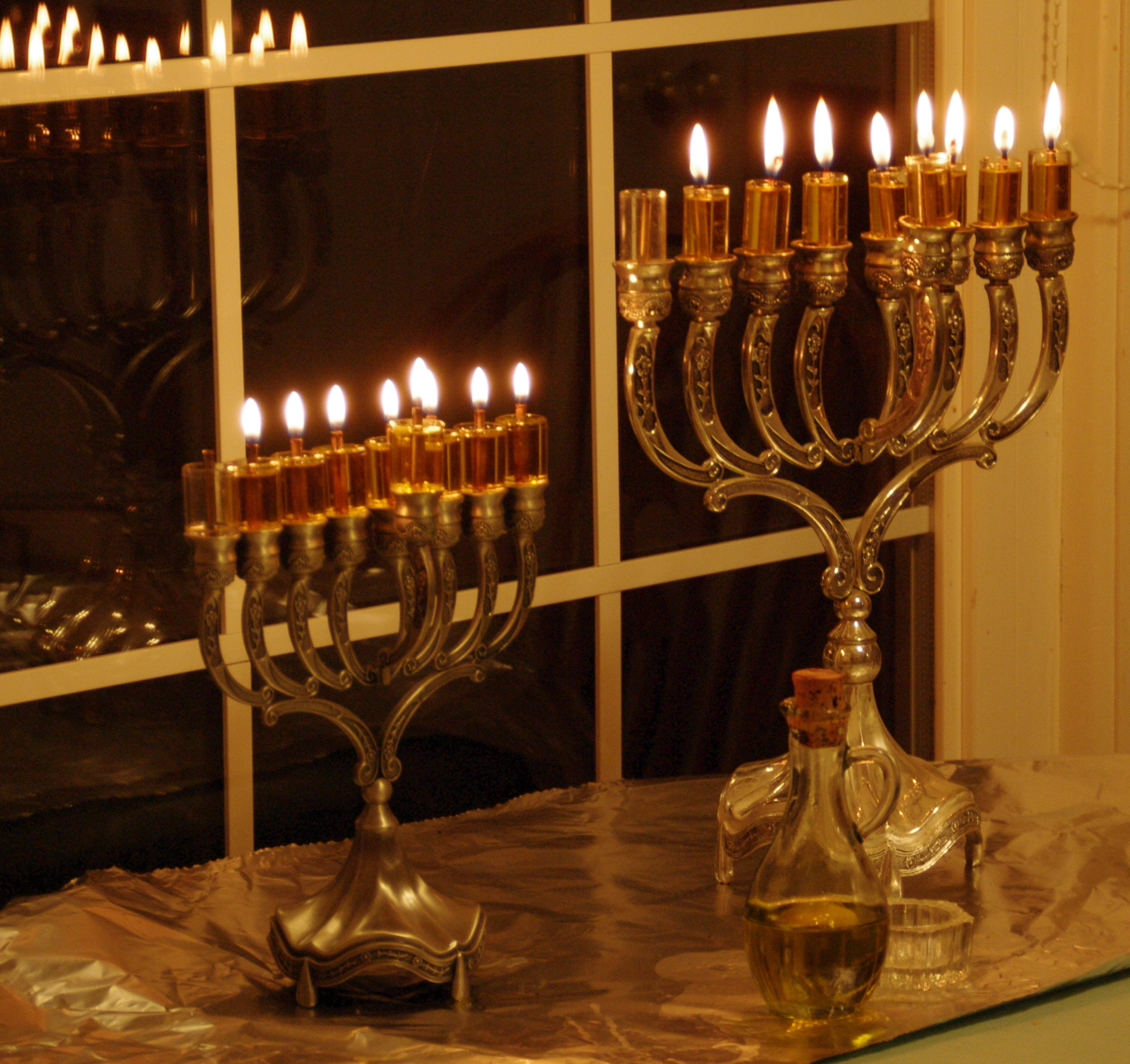The point of this post comes from a review of the Netflix series, Anne of Green Gables (to my shame, I have not read the books). The below paragraphs jumped out at me:
Anne longs to be beautiful. Not only does she wish for her hair to turn a more dignified auburn, she also tells her best friend, Diana Barry, “I’d rather be pretty than clever.” Praying at Marilla’s behest, she asks God to let her stay at Green Gables and to “please let me be good-looking when I grow up.” She loves pretty things, because she has had none, and swoons over cherry blossoms, an amethyst brooch and the possibility of one day having a stylish dress with puffed sleeves, which sensible Marilla refuses to make for her.
If “Anne of Green Gables” were written today, it is easy to imagine that over the course of the book, Anne would come to learn that none of these externalities matter: not the color of her hair, not the sleeves of her dress. Instead, in the novel, her hair mellows to the coveted auburn, and Matthew, in a moment of tremendous fatherly kindness, gives her a dress with puffed sleeves. Rather than dispense the message that it’s only what’s on the inside that counts, “Anne of Green Gables” conveys something more nuanced, that beauty can be a pleasure, that costumes can provide succor, that the right dress can improve your life — all things that adults know to be true, sometimes, but that we try to simplify for our children.
“Green Gables” is rife with complications like these; it’s an artifact from a different time that, instead of being outdated, speaks to ours in an uncanned, unpredictable voice. Anne has survived for so long because she is more sophisticated than she initially seems.
This is what Hungarians understand. God gave us a beautiful world to enjoy, didn't He? In A Beautiful Mind, Alicia says, "God must be a painter. Why else would be have so many colors?"
People are different. Some do not need nor recognize beauty; they find fulfillment elsewhere. But appreciation of aesthetics does carry its own spiritual weight for many. "Basar v'dag" is for man to elevate yuntif; women are to be provided with new garments and jewelry. Is there not majesty to a sparkling Shabbos table? To a decorated sukkah? To a gleaming menorah?
 |
| Via cecilafutch.com |
Do they not provide succor?
2 comments:
Ok, this might be a bit picky, but although Anne's hair might have darkened a bit as she grew older, it was always recognizably red :)
Also, while LMM's clothing descriptions of her characters are fabulous and memorable, none of her heroines are described as being beautiful, rather that the perception of whether they were really pretty or not depended on the eye of the beholder. And while LMM clearly had an eye for pretty clothes and accessories, she found beauty in nature, books, ideas etc and not in furnishings etc. She wasn't really much of a materialistic person....
Loved her novels as a teen, but reading her posthumously published private journals as an adult was revelatory and fascinating. (Although she could be a bit of a snob.)
Is Anne with a E really worth watching through to the end? I started it, but gave up with the scene where Anne flew into a temper and ran outside in her underwear because it was so over the top and absolutely nothing like the book character would ever have done, that it was a ridiculous scene. But if the rest of the series turned out to be good, I'd give it another try.
I have to confess I never read the books (ducks behind desk). So I shall defer to your opinion.
Yes, totally, no one would go running around in their underwear back then! Sort of like the most recent BBC reboot of "Persuasion" with Sally Hawkins - she runs around Bath without her bonnet like a crazed person to track down Colonel Brandon. He's coming to the dinner party tonight, calm down woman!
Post a Comment